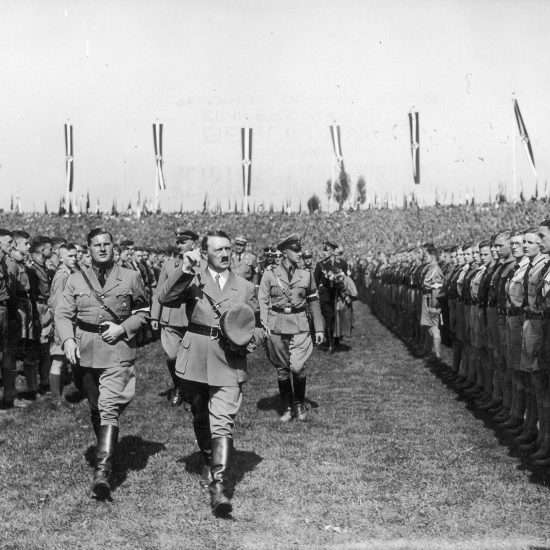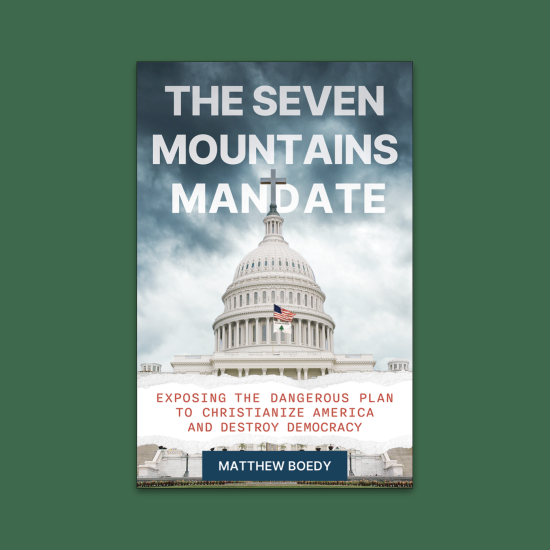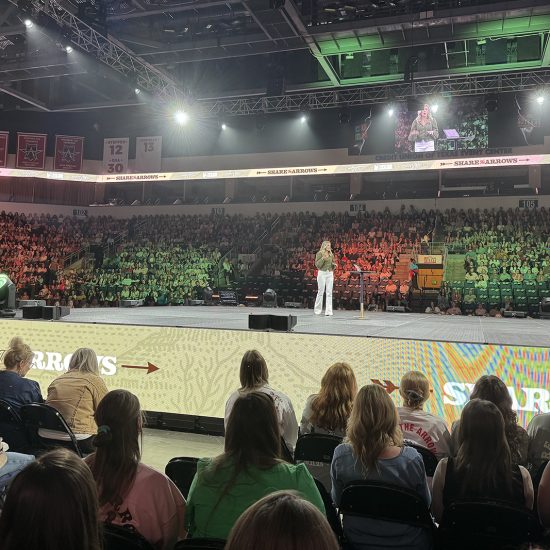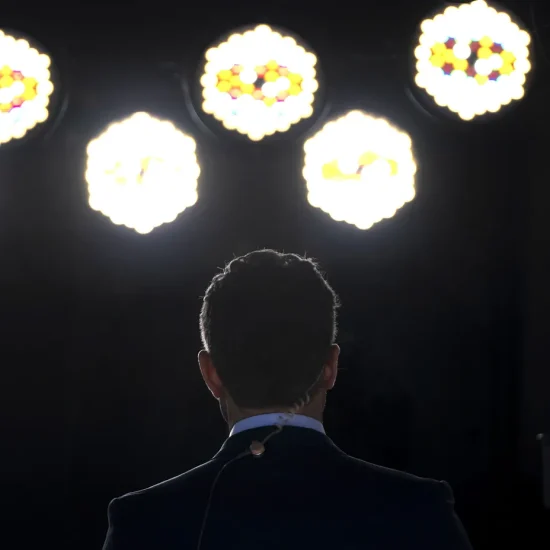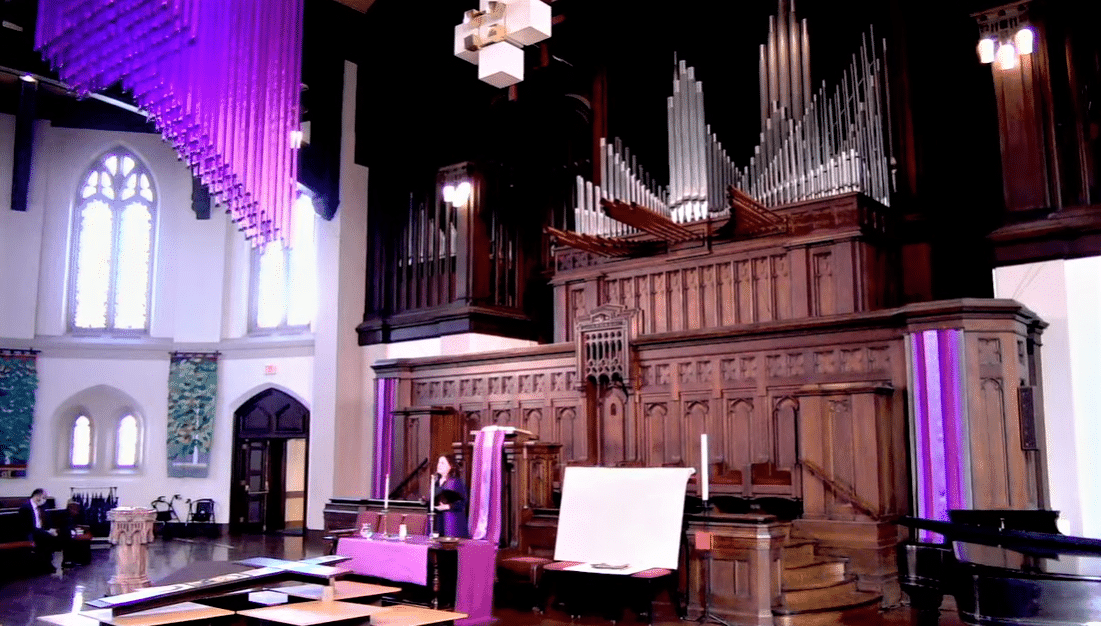
The Palm Sunday service at First United Church of Oak Park, Illinois, quickly shifted to virtual. They would still preach and sing about Jesus’s entry, but the enthusiastic crowd greeting him would wave their palm branches from home. Their cries of “Hosanna!” would echo across YouTube instead of rising up to the sanctuary’s rafters.
COVID-19 did not drive this decision. Instead, the shift came because of threats against the congregation and its pastor, Rev. John Edgerton. A very real fear of violence forced worship to move online until law enforcement could provide an all-clear.
Oddly, it was the congregation’s Lenten practices that inspired the threats. Like many Christians, the First United community prepares for Easter by making sacrifices during Lent. It’s a symbolic remembrance of how Jesus prayed and fasted for 40 days in the desert while resisting Satan’s temptations. Such sacrificial practices prepare followers of Jesus for the agony of his crucifixion on Good Friday and the celebration of his resurrection on Easter.
This year, the church decided to give up music composed by White musicians. Instead of hearing familiar pieces by European composers, they explained their “intent was to lay aside our usual frames of reference and open ourselves to hearing the Gospel message through the voices of Black People, Indigenous People, and People of Color.”
Such a focus aligns with the broader Christian community, including that of the dually-aligned congregation’s denominational affiliations with the United Church of Christ and the Presbyterian Church (U.S.A.). The UCC seeks “to engage in safe, meaningful, substantive, and bold conversations on race.” And the PC(USA) believes that anti-racism work follows from their “biblical understanding of who God is and what God intends for humanity.”
White evangelical churches are also engaging in this anti-racism work. The National Association of Evangelicals recently launched a “Racial Justice & Reconciliation Collaborative” described by NAE President Walter Kim as intending, among other things, to provide “a spiritual oasis for people of color working in predominantly White institutions.” Calls by Black evangelical leaders — like Esau McCaulley, a biblical scholar at Wheaton College and New York Times contributing opinion writer — for non-White voices to be heard within historically White institutions garner significant attention.
Thus, the Lenten program at First United Church was hardly outside the mainstream of American Christianity. In prioritizing underrepresented voices, the congregation was putting into practice the inclusive message of the gospel preached by Christians of many stripes. And it’s a practice their pastor hopes will impact the congregation well beyond Lent.
“I hope that this will spur the congregation to expand our commitment to anti-racism work,” Edgerton told us. “In one simple way, we have learned several hymns during Lent that will become new favorites. If you haven’t sung ‘Amen Siakudumisa’ by Stephen Cuthbert Molefe, do yourself a favor and sing it immediately!”
But Edgerton also thinks his congregation will learn another lesson from this that’s unrelated to the meaning of Lent. Despite constitutional principles and U.S. social norms protecting the right of religious individuals and communities to proclaim their beliefs and act in accordance with them, this church found itself under attack for practicing anti-racism. Hateful comments and violent threats arose because of the audacious idea that non-White voices can also be used to worship God.
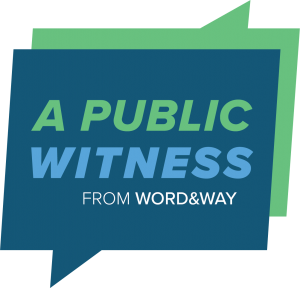 In this edition of A Public Witness, we explore the intentions behind First United Church of Oak Park’s unexpectedly controversial Lenten practice. We then explain how Turning Point USA, led by the political and religious provocateur Charlie Kirk, sparked a phony controversy that disrupted the life of this Christian community. Finally, we point out some contradictions in the message of Kirk and others that open a path to redeeming this ugly episode.
In this edition of A Public Witness, we explore the intentions behind First United Church of Oak Park’s unexpectedly controversial Lenten practice. We then explain how Turning Point USA, led by the political and religious provocateur Charlie Kirk, sparked a phony controversy that disrupted the life of this Christian community. Finally, we point out some contradictions in the message of Kirk and others that open a path to redeeming this ugly episode.
NOTE: The rest of this piece is only available to paid subscribers of the Word&Way e-newsletter A Public Witness. Subscribe today to read this essay and all previous issues, and receive future ones in your inbox.

